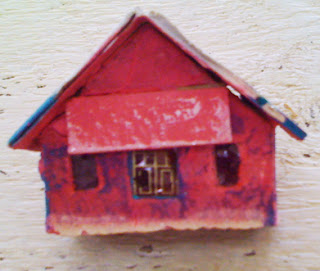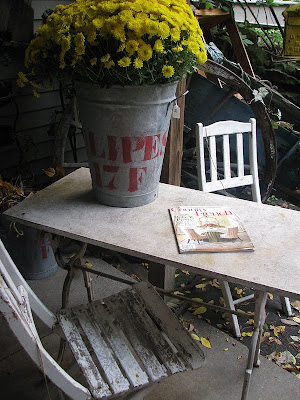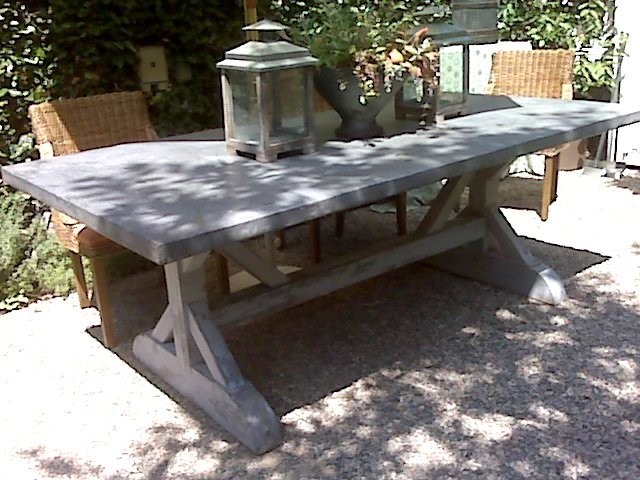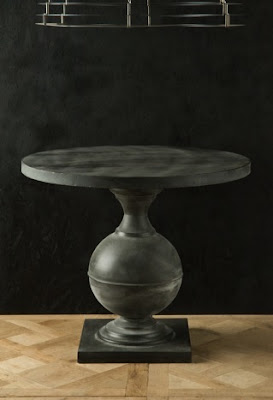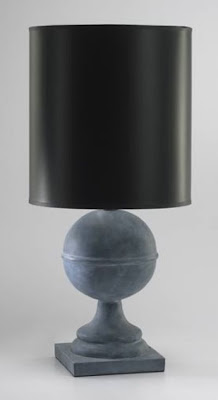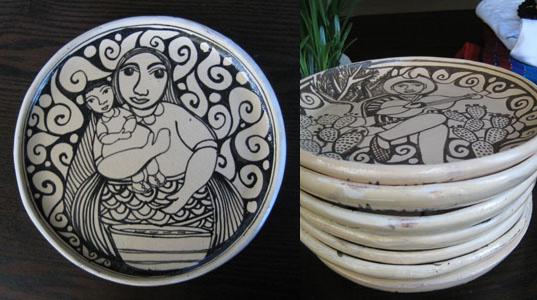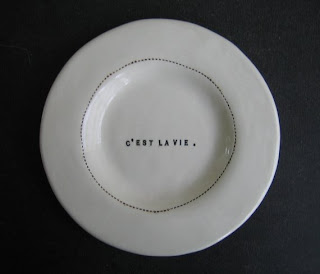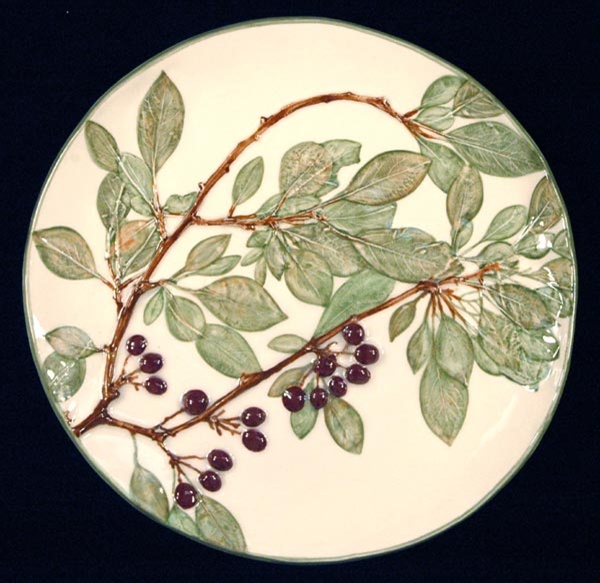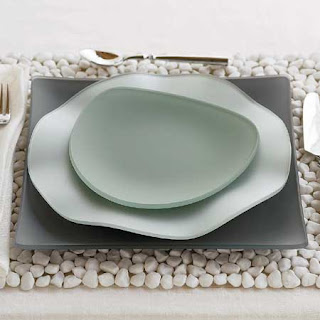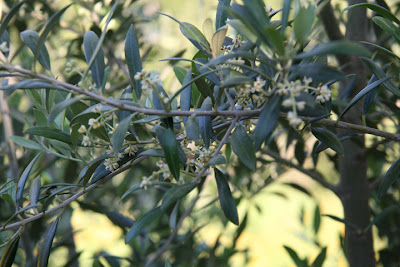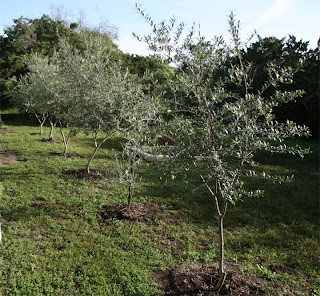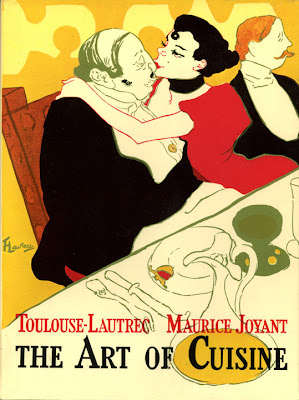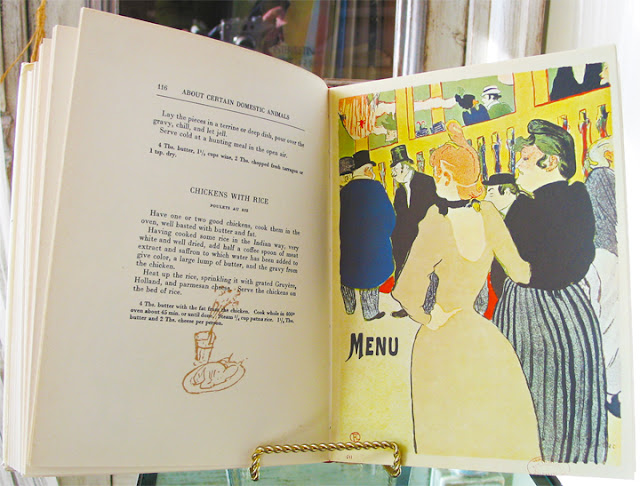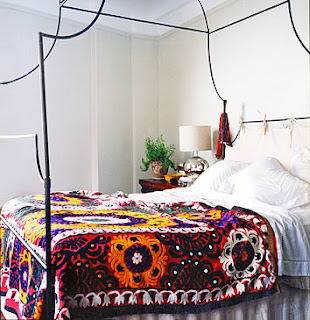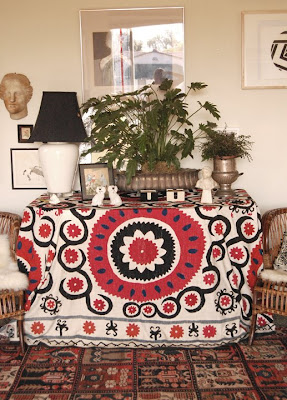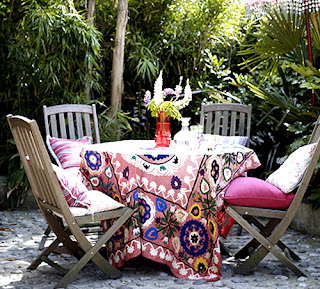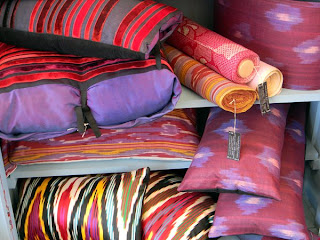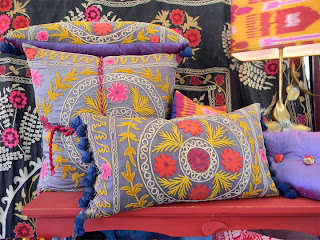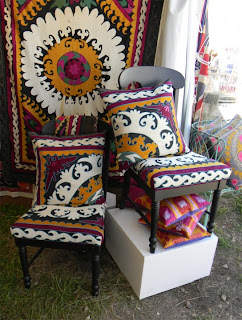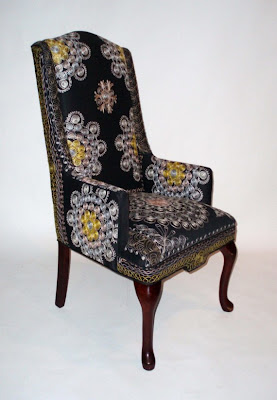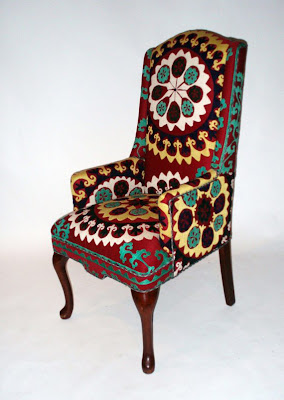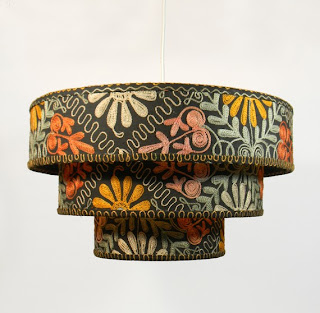Remember the cardboard Christmas Village Houses of yesteryear? I still have a sentimental spot for their presence on past family trees and love their sweet simplicity.

I now have the only two of our family's remaining little Village Houses that somehow survived the years between 1928 (when they were newly acquired at a Woolworth dimestore by my grandmother) and today. There is a cute (now faded) red house with a snow-capped roof that is missing its foundation, and a (previously glimmering) white church. The cellophane windows have been busted out of both and tape holds the church chimney together, but I could not love them more than I do!
So, I set out to make a couple of new companion houses. I can tell you that the one story structures are a breeze. I used the following supplies:
Ruler
Pencil
Scissors
Glue
Cellophane for windows and doors
Metallic pen for outlining
Cellophane for windows and doors
Metallic pen for outlining
Acrylic paint
Snow
Snow
Clear glitter
Optional:
Snippets of plants to make trees
I first mimicked the vintage 'red' house, using its dimensions and color combo, and even remembered to cut the circular hole in the back so a twinkle light could be slipped inside.
That worked out well, so I constructed another. This one is a bit more of a desert abode with a bit of frost on its palm tree and rock garden.
It was after a bit of confidence-building that I decided to go all out and build a replica of my grandparent's house. After all, this is where many special Christmas holidays were spent.
You, don't have to go to this extent to enjoy the charm of cardboard Village Houses. I have seen many in antique shops and a few in thrift stores as well. Many vintage originals are selling for $10 to $60, depending on condition.
Whether building something new or buying a post-WWI original, the little Christmas Village Houses will bring a homespun charm and a dash of sparkle to holiday trees for years to come!
